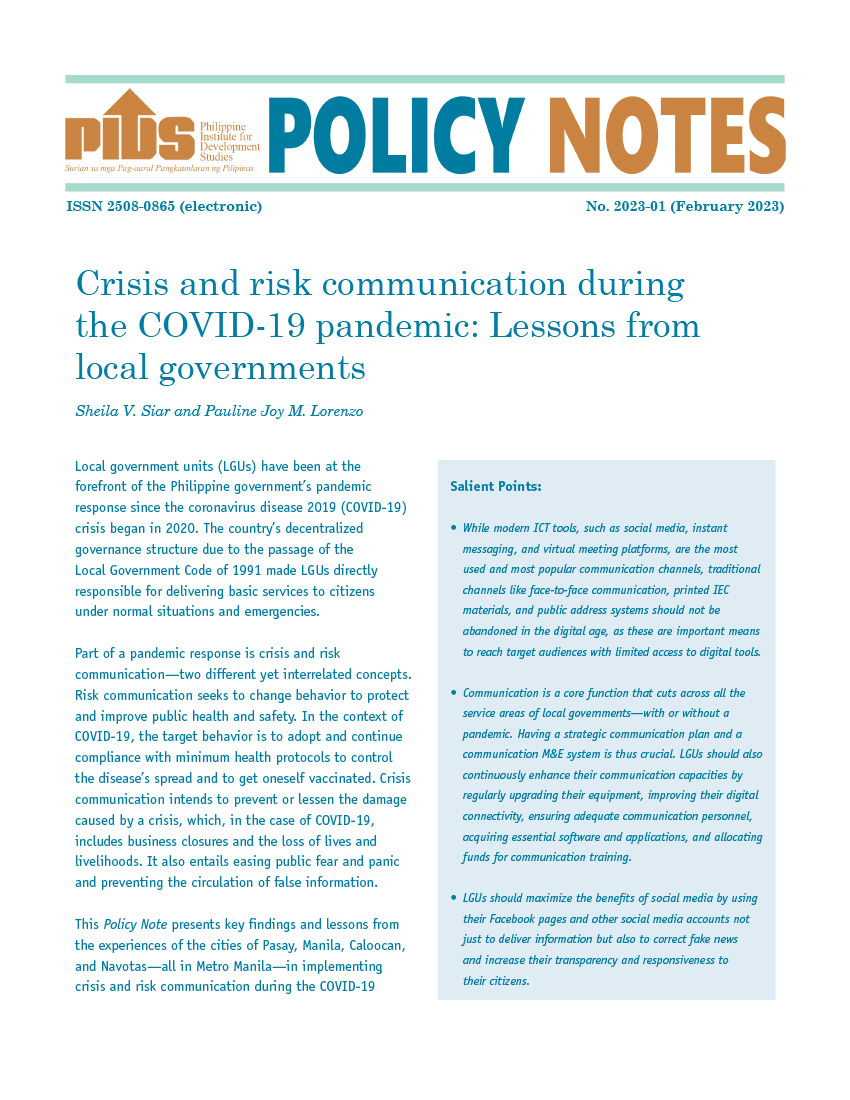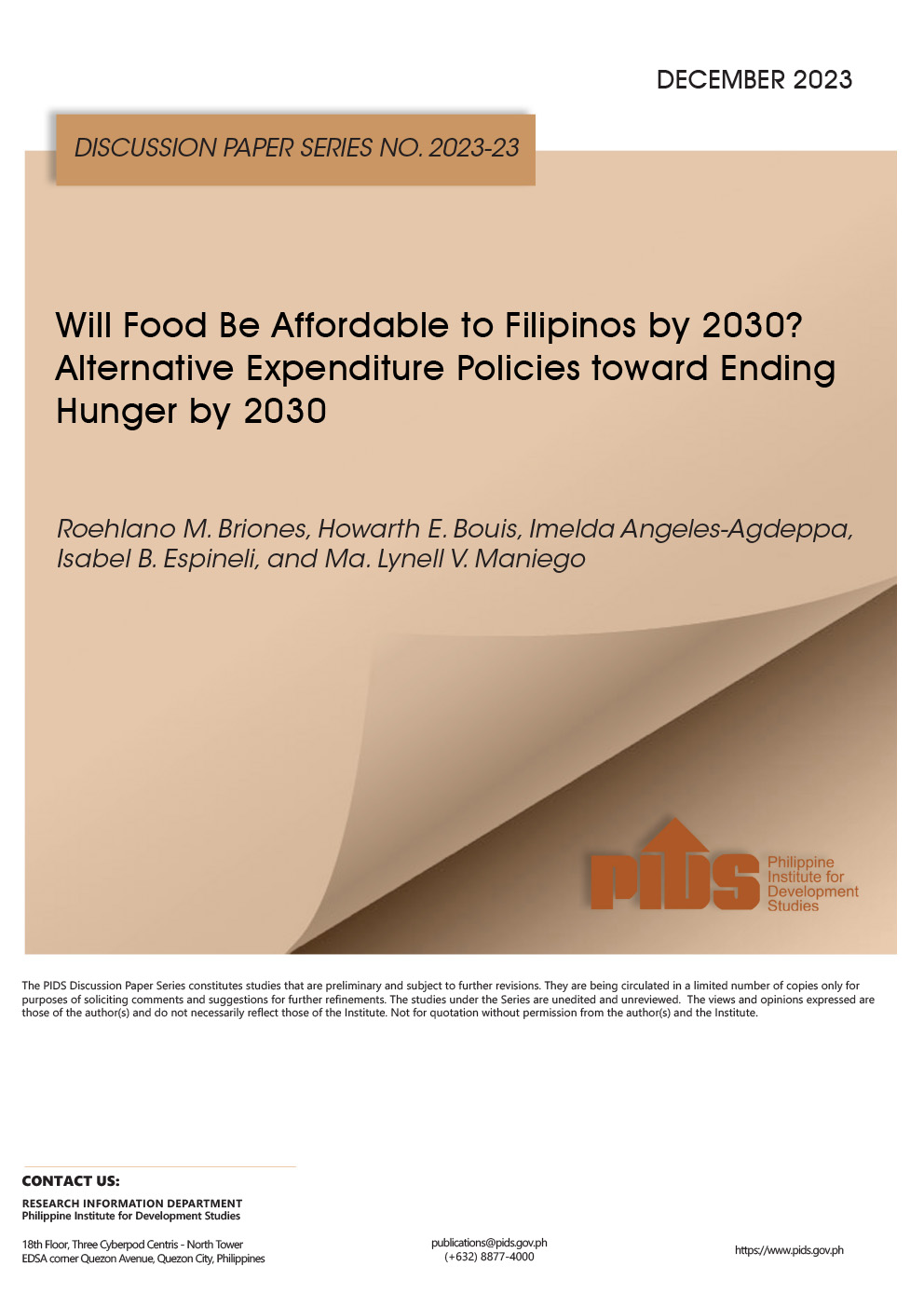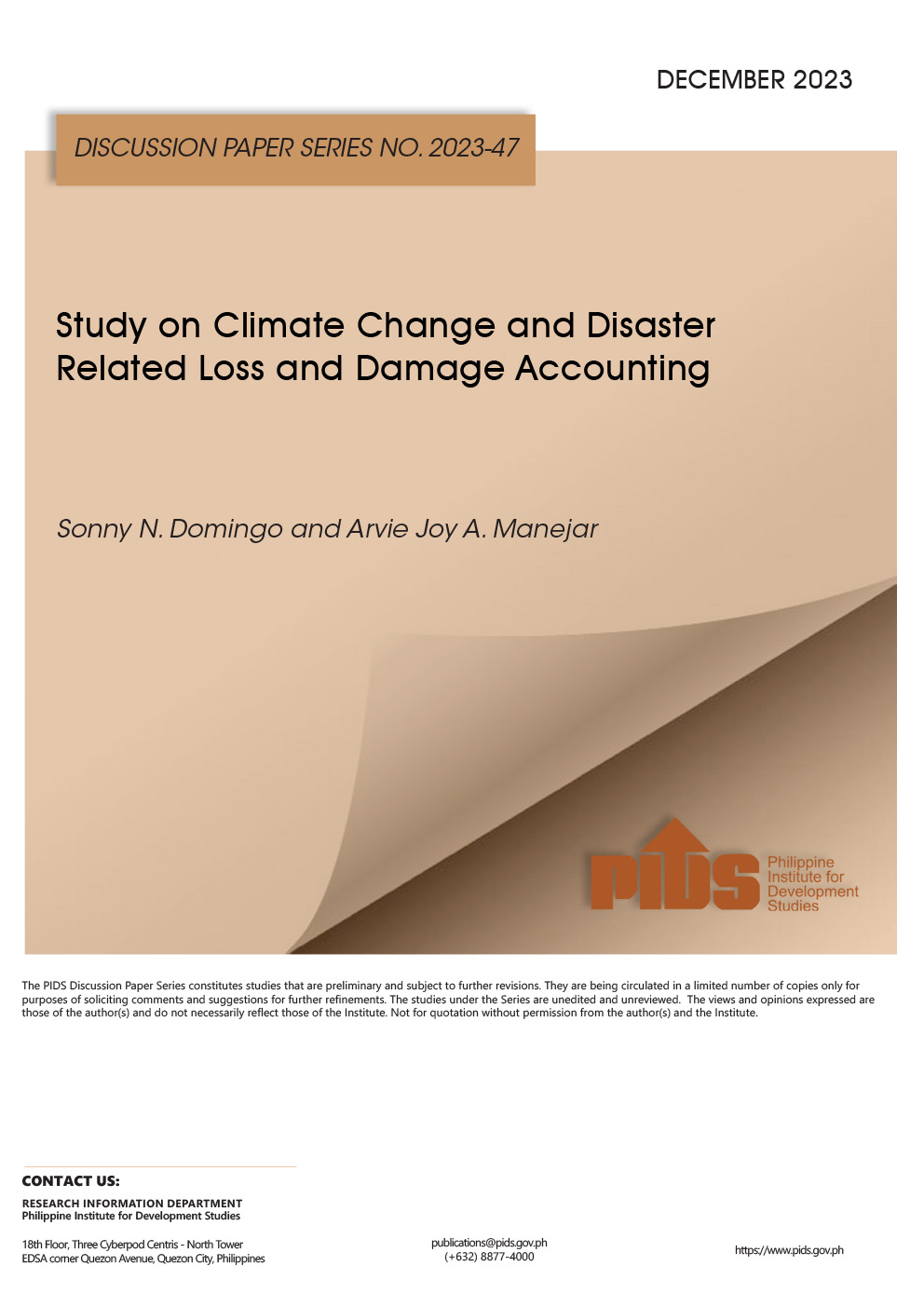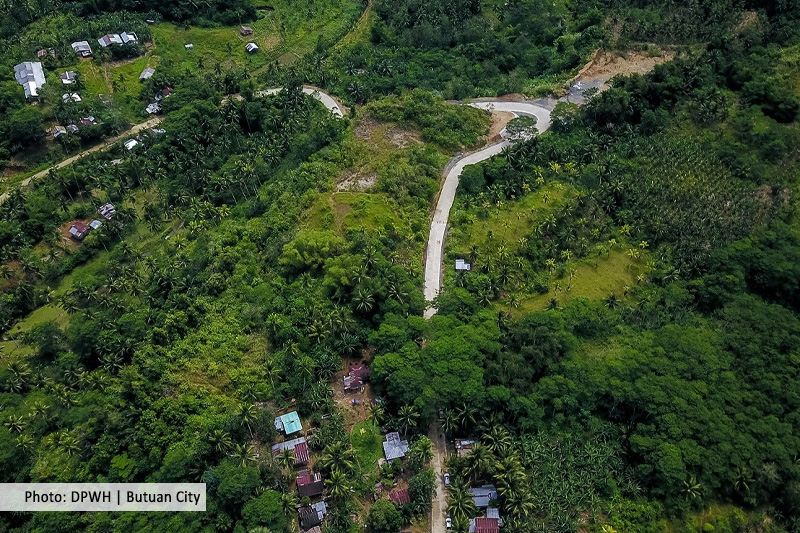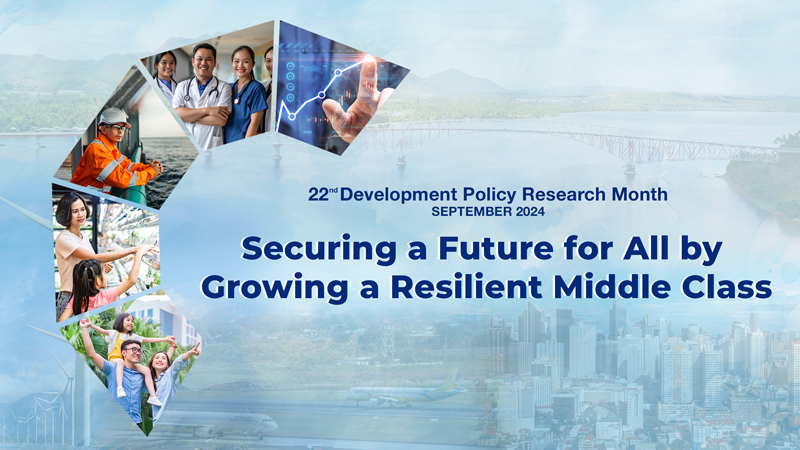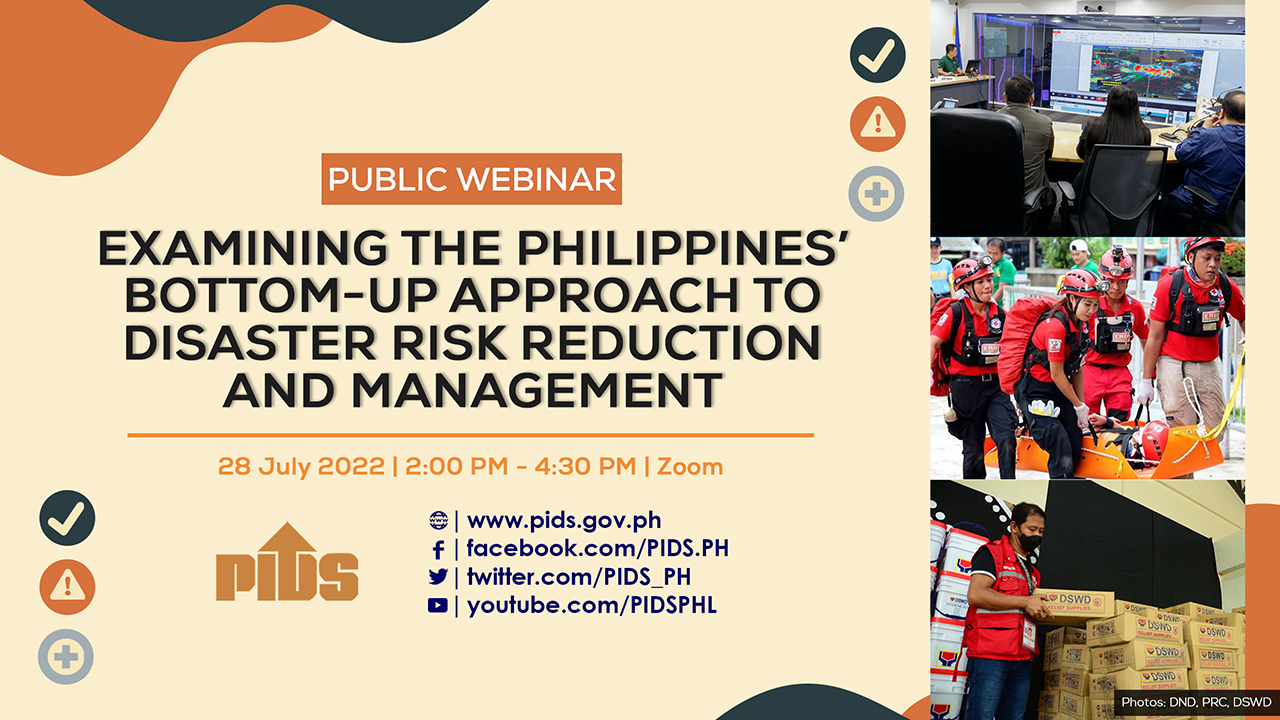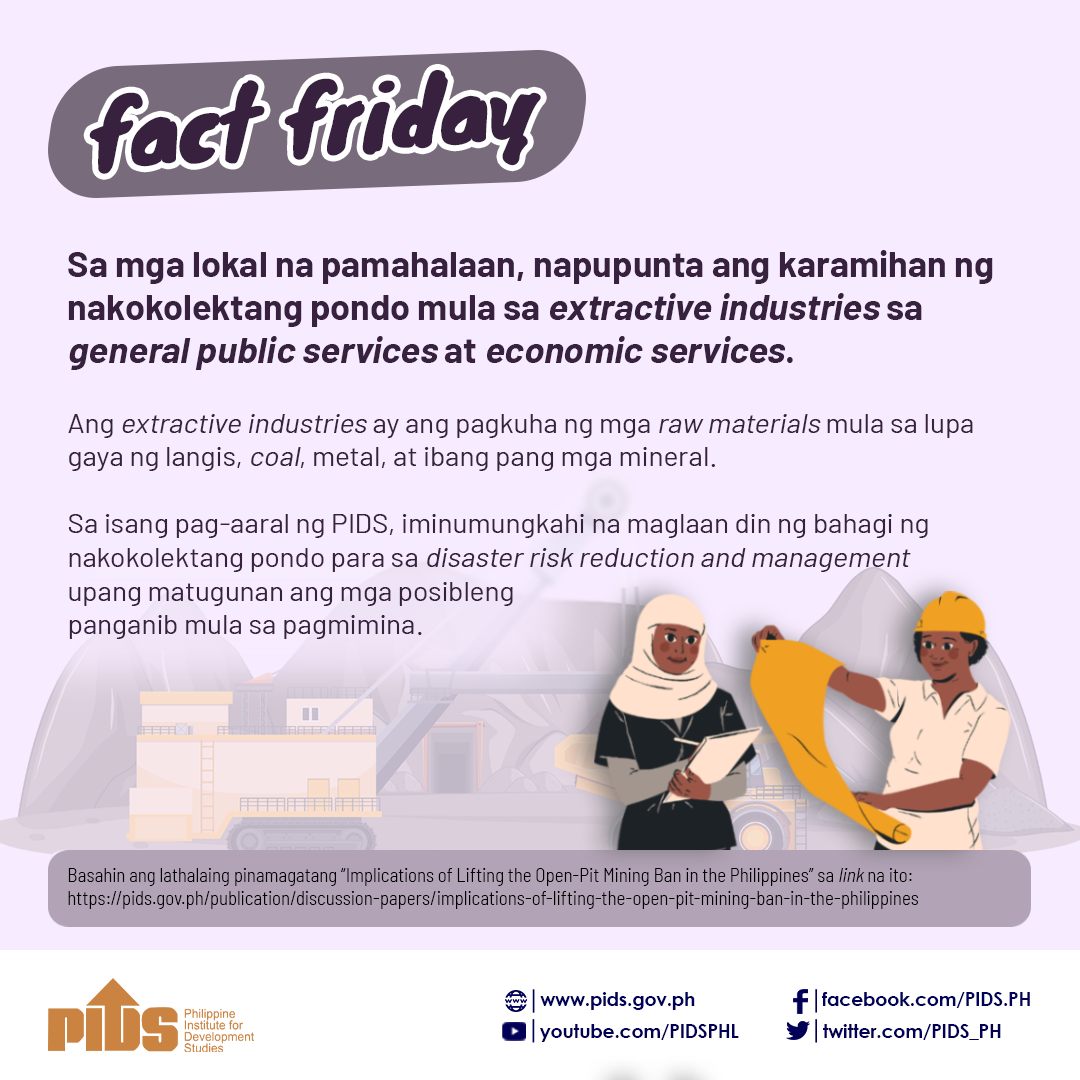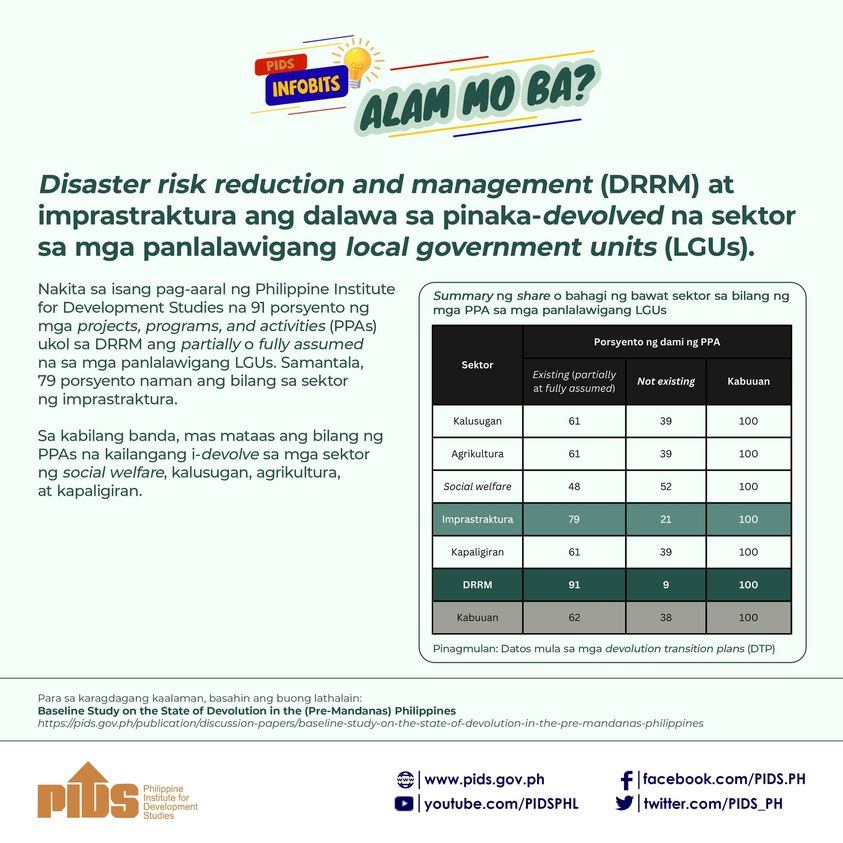Nearly 19 million Filipinos would get infected by the coronavirus nationwide if the Philippine government failed to implement intervention measures, a state-run think tank said, as the country recorded Southeast Asia’s highest number of coronavirus cases on Wednesday.
The Philippine Institute for Development Studies (PIDS), in projections done this month but released this week, said the government must isolate at least 70 percent of all cases through better contact tracing amid the current lockdown expected to end this month.
“Without intervention, the peak of the COVID-19 outbreak in the Philippines would occur in the month of August 2020 with approximately 18 percent of the whole 108 million Philippine population, or 18.9 million, infected with COVID-19,” the study said.
Health authorities reported 230 new infections on Wednesday, taking the nation’s cumulative tally to 5,453 – the highest number of confirmed cases in the region.
Authorities also reported 14 new deaths, taking the nation’s toll to 349.
While Indonesia has reported a lower number of cumulative infections at 5,136, its grim tally of officially reported fatalities, at 469, was much higher than that of the Philippines. Indonesia’s confirmed cases on Wednesday also passed those in Malaysia, which has so far recorded 5,072 infections, with 83 deaths.
Officials believe that the Philippines’ early moves to place its borders under lockdown and put the main island of Luzon under home quarantine could have helped deter higher infection numbers.
President Rodrigo Duterte imposed a lockdown five days after health officials confirmed the country’s first domestic transmission on March 7. Last week, Duterte extended the lockdown on Luzon, home to Manila and most of the nation’s population, until the end of this month.
The pandemic, according to the PIDS study, was expected to pull down the Philippine economy, with losses between 276.3 billion pesos (U.S. $5.1 billion) and 2.5 trillion pesos (U.S. $46.3 billion).
Among the sectors expected to be heavily hit are transport, storage and communications, largely due to the heavy declines in tourism, the study said.
Extending the lockdown by one more month could lead to a sizeable decline in the economy, with household consumption falling as workers become unemployed, it said.
Health authorities accelerated testing for the coronavirus on Tuesday, starting with thousands of people who had been admitted at hospitals in Metro Manila, officials said.
The PIDS study said that if the government could immediately stop the spread of virus, the number of infected cases on the peak day will be drastically reduced to only 900,000 cases.
Global cases of the new coronavirus shot past 2 million with almost 129,000 fatalities as of Wednesday, according to the latest data compiled by disease experts at Johns Hopkins University in the United States.
Southeast Asia’s COVID-19 cases soared Wednesday to almost 20,000 from hundreds during the past month, with the death toll spiking to 994 from two digits, officials said. But medical professionals have expressed concern that the actual numbers in the region could be much higher because of limited testing in many countries.
Indonesia, which has the highest death toll in East Asia outside of China, expanded its partial lockdown Wednesday to include restrictions of movement of people in cities near Jakarta, the epicenter of the nation’s COVID-19 cases.
Under the new measures, more than 15 million people living in Depok, Bogor and Bekasi cities would be required to use masks and are prohibited from joining public gatherings of more than five people. Religious and social events are also banned.
Other towns near Jakarta will be rolling out their partial lockdowns on Friday, according to the National Disaster Mitigation Agency. Those strict social distancing rules would place about 30 million people under movement restrictions in the greater Jakarta region, authorities said.
Meanwhile, the Indonesian military confirmed on Wednesday that more than 50 members of the military have contracted the coronavirus and seven have died.
“There were 55 positive cases, and 190 patients under surveillance,” military commander and Air Chief Marshal Hadi Tjahjanto told reporters in Jakarta.
Different segments of the society in nearby regions have been hit by the pandemic as well.
In Bangladesh, a doctor became the first medical professional in the South Asian country to die of COVID-19, officials said on Wednesday, as they confirmed 219 new cases along with four new deaths, taking the nation’s toll to 50.
Dr. Moyeen Uddin, an assistant professor at a medical college, died at the intensive care unit of the Kurmitola General Hospital in Dhaka, Bangladeshi Health Minister Zahid Maleque told reporters.
Authorities said more than 100 health workers had been infected by the coronavirus in Bangladesh, which began deploying soldiers and police last month to enforce the start of a shutdown aimed at slowing the spread of the coronavirus.
Infections have almost tripled in Bangladesh since Friday from 424 to 1,231 cases as of Wednesday, officials said.
The Philippine Institute for Development Studies (PIDS), in projections done this month but released this week, said the government must isolate at least 70 percent of all cases through better contact tracing amid the current lockdown expected to end this month.
“Without intervention, the peak of the COVID-19 outbreak in the Philippines would occur in the month of August 2020 with approximately 18 percent of the whole 108 million Philippine population, or 18.9 million, infected with COVID-19,” the study said.
Health authorities reported 230 new infections on Wednesday, taking the nation’s cumulative tally to 5,453 – the highest number of confirmed cases in the region.
Authorities also reported 14 new deaths, taking the nation’s toll to 349.
While Indonesia has reported a lower number of cumulative infections at 5,136, its grim tally of officially reported fatalities, at 469, was much higher than that of the Philippines. Indonesia’s confirmed cases on Wednesday also passed those in Malaysia, which has so far recorded 5,072 infections, with 83 deaths.
Officials believe that the Philippines’ early moves to place its borders under lockdown and put the main island of Luzon under home quarantine could have helped deter higher infection numbers.
President Rodrigo Duterte imposed a lockdown five days after health officials confirmed the country’s first domestic transmission on March 7. Last week, Duterte extended the lockdown on Luzon, home to Manila and most of the nation’s population, until the end of this month.
The pandemic, according to the PIDS study, was expected to pull down the Philippine economy, with losses between 276.3 billion pesos (U.S. $5.1 billion) and 2.5 trillion pesos (U.S. $46.3 billion).
Among the sectors expected to be heavily hit are transport, storage and communications, largely due to the heavy declines in tourism, the study said.
Extending the lockdown by one more month could lead to a sizeable decline in the economy, with household consumption falling as workers become unemployed, it said.
Health authorities accelerated testing for the coronavirus on Tuesday, starting with thousands of people who had been admitted at hospitals in Metro Manila, officials said.
The PIDS study said that if the government could immediately stop the spread of virus, the number of infected cases on the peak day will be drastically reduced to only 900,000 cases.
Global cases of the new coronavirus shot past 2 million with almost 129,000 fatalities as of Wednesday, according to the latest data compiled by disease experts at Johns Hopkins University in the United States.
Southeast Asia’s COVID-19 cases soared Wednesday to almost 20,000 from hundreds during the past month, with the death toll spiking to 994 from two digits, officials said. But medical professionals have expressed concern that the actual numbers in the region could be much higher because of limited testing in many countries.
Indonesia, which has the highest death toll in East Asia outside of China, expanded its partial lockdown Wednesday to include restrictions of movement of people in cities near Jakarta, the epicenter of the nation’s COVID-19 cases.
Under the new measures, more than 15 million people living in Depok, Bogor and Bekasi cities would be required to use masks and are prohibited from joining public gatherings of more than five people. Religious and social events are also banned.
Other towns near Jakarta will be rolling out their partial lockdowns on Friday, according to the National Disaster Mitigation Agency. Those strict social distancing rules would place about 30 million people under movement restrictions in the greater Jakarta region, authorities said.
Meanwhile, the Indonesian military confirmed on Wednesday that more than 50 members of the military have contracted the coronavirus and seven have died.
“There were 55 positive cases, and 190 patients under surveillance,” military commander and Air Chief Marshal Hadi Tjahjanto told reporters in Jakarta.
Different segments of the society in nearby regions have been hit by the pandemic as well.
In Bangladesh, a doctor became the first medical professional in the South Asian country to die of COVID-19, officials said on Wednesday, as they confirmed 219 new cases along with four new deaths, taking the nation’s toll to 50.
Dr. Moyeen Uddin, an assistant professor at a medical college, died at the intensive care unit of the Kurmitola General Hospital in Dhaka, Bangladeshi Health Minister Zahid Maleque told reporters.
Authorities said more than 100 health workers had been infected by the coronavirus in Bangladesh, which began deploying soldiers and police last month to enforce the start of a shutdown aimed at slowing the spread of the coronavirus.
Infections have almost tripled in Bangladesh since Friday from 424 to 1,231 cases as of Wednesday, officials said.

